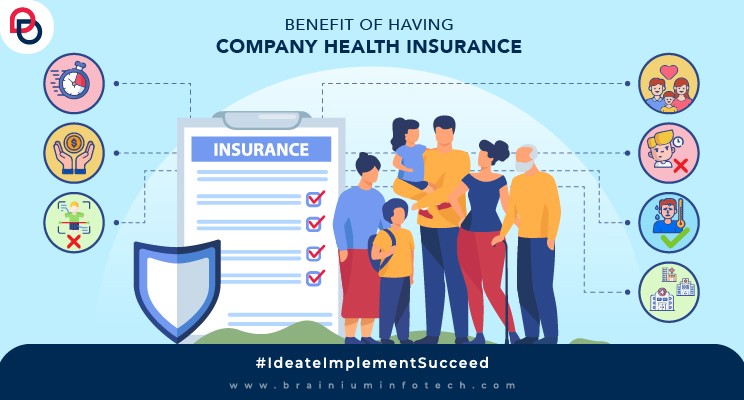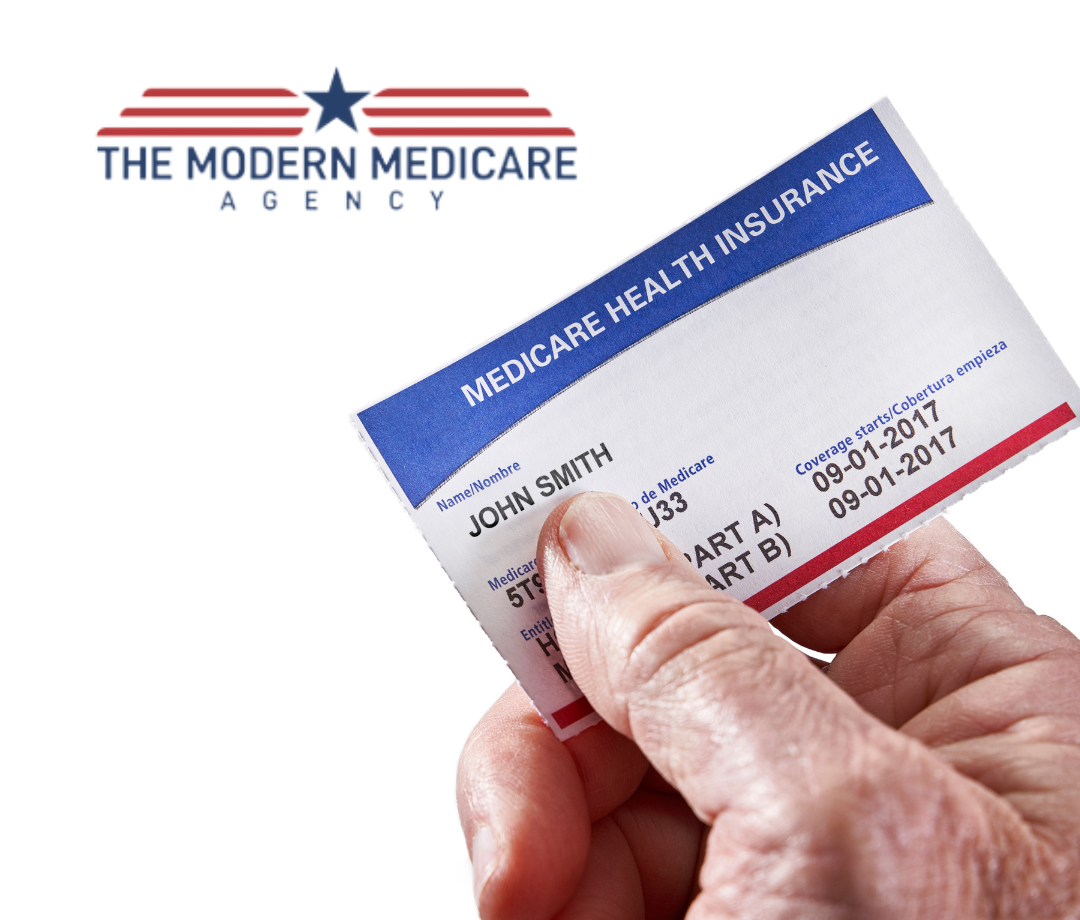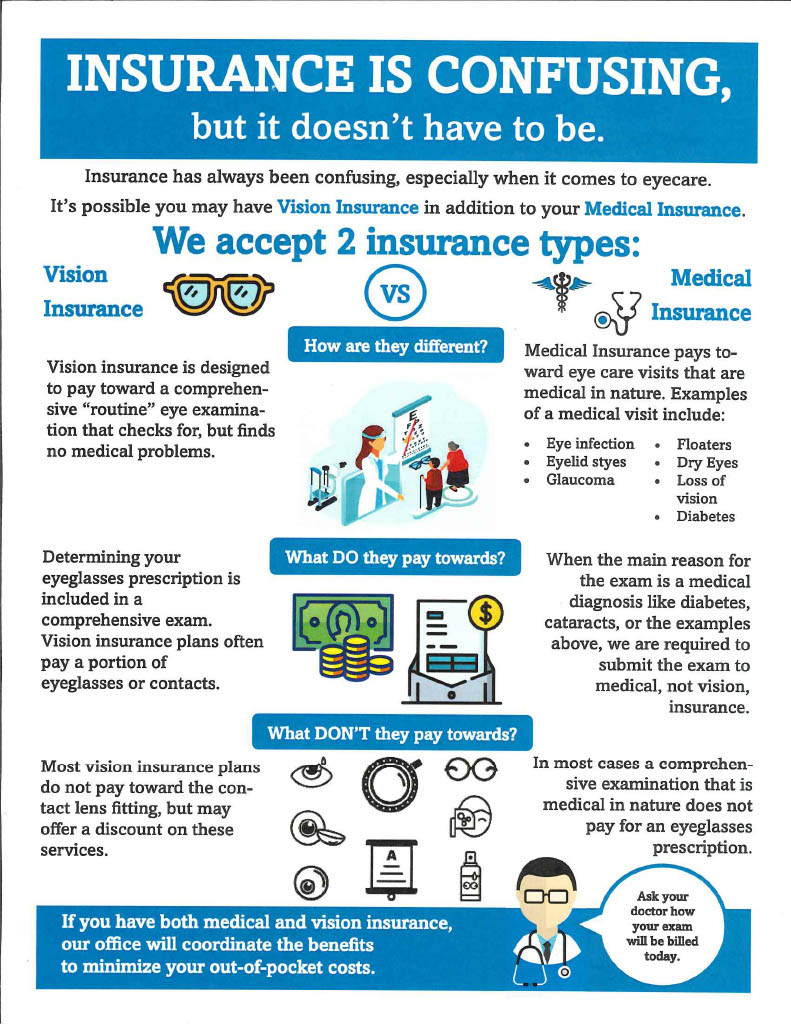Facts About Medicare Advantage Agent Uncovered
Facts About Medicare Advantage Agent Uncovered
Blog Article
Medicare Advantage Agent Can Be Fun For Everyone
Table of ContentsGetting My Medicare Advantage Agent To WorkThe Of Medicare Advantage AgentThe Ultimate Guide To Medicare Advantage Agent


follows from adheres to the perplexing young age profile of the uninsured with without insurance better healthMuch better health and wellness average, of younger personsMore youthful For those without access to work environment health insurance, bad health and wellness is a potential obstacle to buying nongroup coverage since such insurance coverage may be very valued, omit pre-existing problems, or be just unavailable. Unless otherwise noted, nationwide estimates of individuals without wellness insurance coverage and proportions of the populace with different kinds of coverage are based on the CPS, the most extensively utilized resource of quotes of insurance protection and uninsurance rates.

Everything about Medicare Advantage Agent
The relationship in between health and wellness insurance and access to care is well established, as recorded later on in this chapter. The partnership in between health and wellness insurance coverage and health and wellness end results is neither direct neither straightforward, a substantial professional and health services research study literature web links wellness insurance policy coverage
to improved enhanced accessibility care, better much better, and improved enhanced and population populace wellness. The second record, on individual wellness outcomes for uninsured adults, is represented by the inner circle of the number, while the 3rd record, on family well-being, encompasses the subjects of the second record yet highlights a different system of evaluation, particularly, the family.
It concentrates especially on those without any kind of health and wellness insurance coverage for any kind of size of time. The troubles dealt with by the underinsured remain in some aspects similar to those encountered by the without insurance, although they are normally less severe. Uninsurance and underinsurance, nonetheless, entail definitely different policy issues, and the methods for addressing them may vary. Throughout this research study and the five reports to follow, the major emphasis gets on individuals with no medical insurance and thus no assistance in spending for health and wellness care beyond what is readily available with charity and safeguard establishments. Health and wellness insurance is an effective aspect affecting invoice of treatment because both people and doctors react to the out-of-pocket cost of solutions. Medical insurance, nevertheless, is neither essential nor sufficient to access to medical services. Nevertheless, the independent and straight effect of wellness
insurance coverage on access to wellness services is well developed. Others will certainly get the healthcare they require even without health insurance, by paying for it expense or seeking it from providers who supply care complimentary or at extremely subsidized prices. For still others, medical insurance alone does not make sure receipt of care due to the fact that of other nonfinancial barriers, such as an absence of health care providers in their area, limited accessibility to transportation, illiteracy, or etymological and social distinctions. Official research concerning without insurance populations in the United States dates to the late 1920s and very early 1930s when the Board on the Cost of Treatment generated a series of records concerning financing doctor office brows through and hospitalizations. This issue ended up being prominent as the numbers of clinically indigent climbed during the Great Anxiety. Empirical studies regularly support the link in between accessibility to care and enhanced health and wellness results(Bindman et al., 1995; Starfield, 1995 ). Having a routine source of treatment can be taken into consideration a forecaster of accessibility, rather than a direct measure of it, when health end results are themselves made use of as accessibility signs. This extension of next the notion of access dimension was made by the IOM Board on Monitoring Accessibility to Personal Healthcare Services(Millman, 1993, p. Whether or not moms and dads are guaranteed appears to influence whether their children get care as well as just how much careeven if the children themselves have insurance coverage(Hanson, 1998). The health of parents can affect their capacity to care for their youngsters and the degree of family anxiety. Fretting about their children's accessibility to care is itself a resource of anxiety for parents. 3 chapters comply with in this report. Phase 2 offers a summary of how employment-based medical insurance, public programs and individual insurance policy policies run and engage to offer extensive but incomplete coverage of the united state populace. This consists of an evaluation of historic fads and public plans affecting both public and exclusive insurance coverage, a conversation of the interactions amongst the different sorts of insurance, and an examination of why individuals relocate from one program to one more or wind up

Report this page